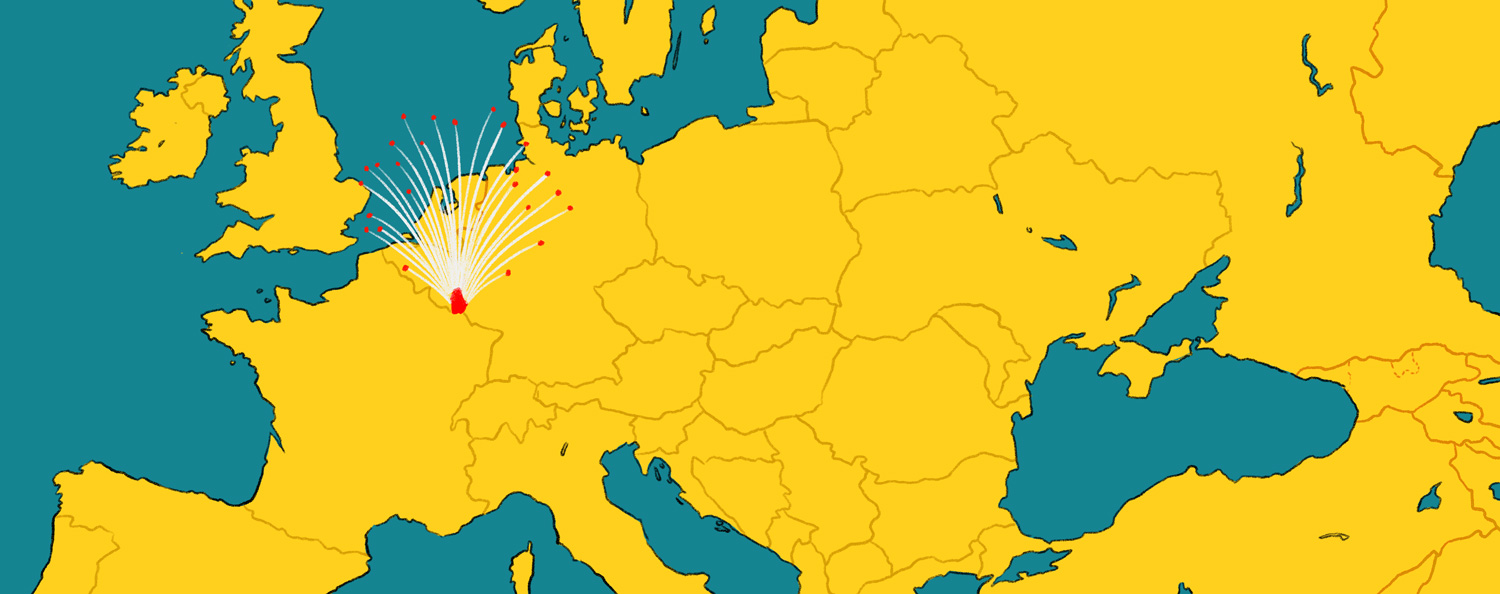Top-10 Digital Infrastructure Trends for 2020
The digital infrastructure industry continues to grow and change at a striking price. Across the world, a thriving community of investors, designers, owners and operators are grappling with many of the same issues: resiliency and risk, the impact of cloud, the move to the edge, rapid innovation, and unpredictable (although mostly upward) demand. What should stakeholders in this industry expect in 2020? Which innovations will make a difference — and which have been exaggerated? Is the challenge of distributed resiliency being solved, or is it getting worse? What are regulators likely to do?
Ten data center industry trends in 2020
The Top-10 trends the Uptime Institute Intelligence team has identified show an industry that is confidently expanding toward the edge, that is attractive to many new investors, and that is embracing new technologies and architectures — but one that is also running against some headwinds. Resiliency concerns, premature expectations about the impact of 5G, climate change, environmental impact and increasingly watchful regulators are among the hazards that must be successfully navigated.
So without further ado, here are the Top-10 Trends for 2020…
#1: Outages drive authorities and businesses to act
Big IT outages are occurring with growing regularity, many with severe consequences. Executives, industry authorities and governments alike are responding with more rules, calls for more transparency and a more formal approach to end-to-end, holistic resiliency.
#2: The internet tilts toward the edge
In the coming years, significant data will be generated by many more things and much more will be processed away from the core, especially in regional data centers. Many different types of data centers and networking approaches will be needed.
#3: Data center energy use goes up and up
Energy use by data centers and IT will continue to rise, putting pressure on energy infrastructure and raising questions about carbon emissions. The drivers for more energy use are simply too great to be offset by efficiency gains.
#4: Capital inflow boosts the data center market
Data centers are no longer a niche or exotic investment among mainstream institutional buyers, which are swarming to the sector. New types of capital investors, with deep pockets and long return timelines, could boost the sector overall.
#5: More data, more automated data centers
Many managers are wary of handing key decisions and operations to machines or outside programmers. But recent advances, including the broad adoption of data center infrastructure management systems and the introduction of artificial intelligence-driven cloud services, have made this much more likely. The case for more automation will become increasingly compelling.
#6: Data centers without generators: More pilots, more deployments
Most big data centers cannot contemplate operating without generators, but there is a strong drive to do so. Technological alternatives are improving, and the number of good use cases is proliferating. The next 24 months are likely to see more pilots and deployments.
#7: Pay-as-you-go model spreads to critical components
As enterprises continue to move from a focus on capital expenditures to operating expenditures, more critical infrastructure services and components — from backup energy and software to data center capacity — will be consumed on a pay-as-you-go, “as a service” basis.
#8: Micro data centers: An explosion in demand, in slow motion
The surge in demand for micro data centers will be real, and it will be strong — but it will take time to arrive in force. Many of the economic and technical drivers are not yet mature; and 5G, one of the key underlying catalysts, is in its infancy. Demand will grow faster from 2022.
#9: Staffing shortages are systemic and worsening
The data center sector’s staffing problem is systemic and long term, and employers will continue to struggle with talent shortages and growing recruitment costs. To solve the crisis, more investment will be needed from industry and educators.
#10: Climate change spurs data center regulations
Climate change awareness is growing, and attitudes are hardening. Although major industry players are acting, legislators, lobbyists and the public are pressing for more. More regulations are on the way, addressing energy efficiency, renewable energy and waste reduction.
So what should YOU do as part of your 2020 planning process? Think about your own needs in the terms of business requirements and embrace the undeniable fact that the Digital Infrastructure world around you *IS* changing. In other words, start with crafting a TOP-DOWN understanding of what the business needs from IT, and then chart yourself a path to embrace the trends that are taking hold across the planet. As a general rule, if you are building and/or operating your computing function the Same way you did 10 years ago, then you are probably sub-optimized, inefficient and incurring significant higher costs and risks compared to those that are proactively embracing new ideas and approaches. As always, challenge yourself to compare your existing structures to what a ‘clean-slate’ approachg might yield, and then strive to more forward.
Want the WHOLE report with all the DETAIL? You can get it here.

 2019
2019







 2019
2019 2019
2019